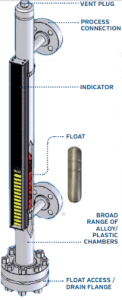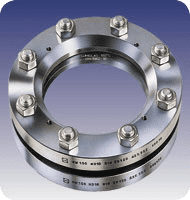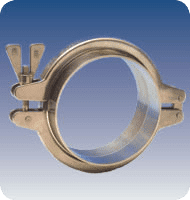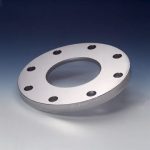Elemental Impurities: How to Tell If Your Sight Glass Will Leach
Posted on October 4, 2017 by LJ Star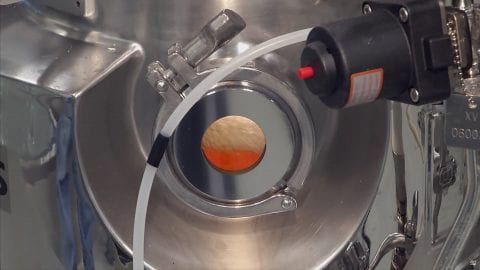
As hot water passes through ground coffee beans, it extracts flavors, colors, and stimulants that make mornings more livable for many of us. When it comes to pharmaceutical processing, however, extraction can be a bad thing, as leaching from process system surfaces can extract unwanted elemental impurities.
The ICH Q3D guidelines instruct drug manufacturers to test for the presence of 24 elemental impurities. These impurities could pose harmful effects either by themselves or through interaction with the drugs in which they may be present. Beginning on January 1st, 2018, pharmaceutical manufacturers are mandated to track the levels of elemental impurities in their products.
One lesser known potential source of leached impurities in pharmaceuticals is sight glasses made with inferior glass. A sight glass made of soda-lime glass, a common formula of glass used for beverage bottles and windows, may be an avenue for impurities to enter pharmaceutical products. For instance, sodium silicate and calcium leached from inferior glass have been found in toxicology testing.
When I attended a recent conference on leachables and extractables, I asked the experts at my table about this. They agreed that, while these substances are not on the target list of elemental impurities, their presence in a pharmaceutical product should be of concern because of their unknown effects on the drug quality, the yield strength of the drug, and the shelf life of the drug.
Some sight glass windows are made with common soda lime glass rather than the preferred borosilicate glass. According to the US Pharmacopeia (USP), containers made of soda lime glass should not be used for storing parenteral drugs because the glass could leach impurities. Given soda lime’s vulnerability to interaction with process media (low hydrolytic resistance), sight glasses made with soda lime glass should be avoided.
How to tell if your sight glass will leach
It isn’t always easy to know if your sight glass window is made with soda lime glass rather than borosilicate glass. The supplier may have shipped the sight glass without documentation, or the sight glass may have been received so long ago that nobody remembers.
To make matters more complicated, some sight glass suppliers will say their glass is not soda lime when in fact it fails to meet the USP Type I glass standard. This has tripped up many of my customers. If a supplier will not supply third-party documentation, will not put it in writing, then chances are your sight glass is made with soda lime glass, and should be changed out to avoid the risk of leaching.
The glass formulation can be determined by laboratory material testing. One of our customers did this and found out that the “borosilicate” sight glass he purchased was in fact made with soda lime glass. Test results. Sadly, laboratory testing is expensive, and it requires the loss of the sight glass. I hope that in the future a non-destructive means of testing will be available.
Fortunately, sight glasses are available that use leach-resistant borosilicate glass. METAGLAS brand sight glasses use a formulation in accordance with the DIN 7080 standard, which ensures that sufficient boron replaces the soda lime to achieve the highest levels of leach resistance. These sight glasses meet the US Pharmacopeia (USP) standard for hydrolytic resistance that is required for Type I glass. Some other brands of sight glasses use USP Type II or even Type III glass, which should be avoided.
Stay on top of the increased scrutiny of impurities. Ask your sight glass supplier to supply documentation of compliance with either USP Type I or DIN 7080 standards. You would not accept a component spec’d for 316 stainless that is actually low-grade carbon steel. Don’t be any less careful with your sight glass suppliers.
Subscribe to our Blog
Categories
- Certifications
- Company
- In The News
- Industry Information
- METAGLAS® Sight Glasses
- PackExpo 2020
- Sanitary Clamps
- Sanitary Fittings
- Sight Flow Indicator Benefits
- Sight Glass Applications
- Sight Glass Construction
- Sight Glass Lighting
- Sight Glass Lights
- Sight Glass Process Vessel Camera
- Sight Glasses
- Trade Shows
- Webcast
